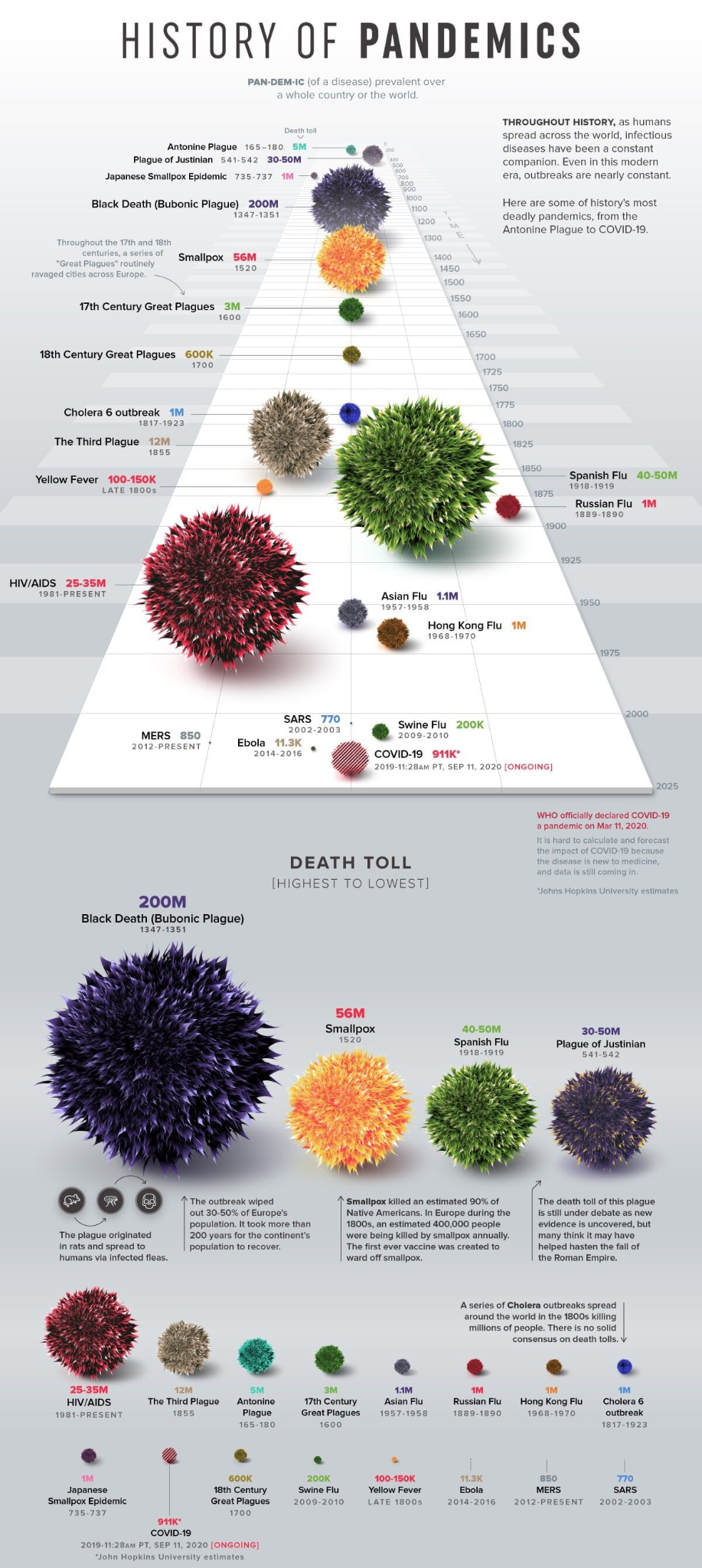Indian Society
Impact of Covid-19 Pandemic
- 28 Dec 2024
- 7 min read
For Prelims: Covid-19, GDP growth rate, Public Debt, Net-Zero Commitments, India’s Production-Linked Incentives, Gig Work, E-Commerce Platforms, SARS-CoV-2 virus, World Health Organization (WHO).
For Mains: Post-pandemic Recovery in India and the World, Economic Disruptions, Protectionism, Democracy, Global Supply Chains.
Why in News?
Recently, the world marked five years since the outbreak of Covid-19, a pandemic that caused millions of deaths, unprecedented economic disruptions, and significant social challenges.
- Although much of the immediate crisis has passed, its lingering effects on global economies, policies, and societies continue to shape the world profoundly.
How the Covid-19 Pandemic Changed the World?
- Economic Impact:
- GDP Gaps:
- India experienced a sharp contraction in its GDP growth rate during 2020-21, dropping to -5.8% due to stringent lockdowns, compared to the pre-Covid average of 6.6%.
- Post-pandemic recovery was robust, with growth rates of 9.7%, 7%, and 8.2% in subsequent three years (2021 to 2023), but the economy remains years behind its pre-pandemic trajectory.
- At a 7% growth rate, India’s GDP is projected to return to its pre-Covid trend by 2042-43, whereas a 7.5% growth rate could achieve this a decade earlier.
- Global GDP contracted by 3.1% in 2020, and the 2023 Global Economic Prospects report indicates a nearly USD 4.7 trillion shortfall from the original 2020 forecast.
- The large economies, including the US and China, faced similar output gaps, worsened by trade tensions and external challenges.
- Debt Explosion:
- Governments globally borrowed heavily during the pandemic, causing the largest spike in public debt in two decades in 2020.
- Public debt remains above pre-Covid levels, with spending expected to escalate due to net-zero commitments, increased defense budgets in Europe, and rising protectionism.
- High debt burdens constrain fiscal flexibility, diverting resources from critical sectors like health, education, and infrastructure.
- GDP Gaps:
- Industrial Policies:
- The pandemic exposed the vulnerabilities of global supply chains, especially the over-reliance on China for manufacturing inputs like semiconductors and pharmaceuticals.
- Governments globally introduced new industrial policies, including the US CHIPS Act, India’s Production-Linked Incentives, and Made in China 2025, aiming to enhance self-sufficiency.
- Between 2019 and 2024, state interventions tripled globally, driven by geopolitical concerns and efforts to strengthen supply chain resilience.
- Social and Political Dynamics:
- Erosion of Trust:
- The Edelman Trust Barometer measures global trust in institutions like governments, businesses, and media, post-pandemic it showed a sharp decline in trust, reflecting public dissatisfaction with governance and leadership.
- A 2023 Pew survey across 24 countries revealed 74% of people felt disconnected from elected officials, and 59% were dissatisfied with democracy.
- Anti-incumbency sentiment surged, with 40 of 54 elections in 2024 resulting in incumbent losses, showing the lasting political repercussions of the pandemic.
- Changing Work Models:
- The pandemic popularised hybrid work, with 42% of Indian job seekers in 2024 prioritising flexible hours.
- The rise of gig work and e-commerce platforms enabled workers to monetise hobbies and explore alternative income streams.
- Greater emphasis on work-life balance led employers to adopt policies catering to employee well-being.
- Erosion of Trust:
Covid-19 Pandemic
- Covid-19, caused by the SARS-CoV-2 virus, was first identified in Wuhan, China, in December 2019, before rapidly spreading globally.
- By March 2020, it was declared a pandemic by the World Health Organization (WHO), triggering widespread lockdowns and restrictions.
- The virus led to millions of deaths, overwhelming healthcare systems, and caused severe socio-economic hardships, including job losses and global recessions.
- Its impact highlighted vulnerabilities in public health systems, supply chains, and global coordination.
Way Forward
- Economic Recovery: Invest in key growth sectors, such as green energy, technology, and manufacturing, to accelerate GDP recovery.
- Adopt balanced fiscal strategies to manage pandemic-era debts while maintaining essential public investments.
- Global Collaboration and Supply Chain Resilience: Strengthen international trade alliances to reduce protectionism and ensure supply chain stability.
- Diversify manufacturing bases to decrease dependency on specific regions like China.
- Improving Trust in Governance: Promote transparency and accountability in policy making to rebuild public trust in governments.
- Address socio-economic disparities through targeted welfare programs and inclusive policies.
- Workforce Adaptation: Encourage hybrid and gig work models by providing legal frameworks and social safety nets for informal workers.
- Invest in digital infrastructure to support remote work and digital economy growth.
- Social Equity and Health Systems: Expand healthcare access and strengthen systems to prepare for future health crises.
- Ensure equitable distribution of resources, such as vaccines and essential medicines, globally.
|
Drishti Mains Question: How has the Covid-19 pandemic influenced divergence in global GDP growth trajectories, and what policies should India adopt to ensure a sustainable recovery trajectory? |
UPSC Civil Services Examination, Previous Year Questions (PYQs)
Prelims:
Q. In the context of vaccines manufactured to prevent Covid-19 pandemic, consider the following statements:
- The Serum Institute of India produced Covid-19 vaccine named Covishield using mRNA platform.
- Sputnik V vaccine is manufactured using vector based platform.
- COVAXIN is an inactivated pathogen based vaccine.
Which of the statements given above are correct?
(a) 1 and 2 only
(b) 2 and 3 only
(c) 1 and 3 only
(d) 1, 2 and 3
Ans: (b)
Mains:
Q. Covid-19 pandemic accelerated class inequalities and poverty in India. Comment.(2020)






